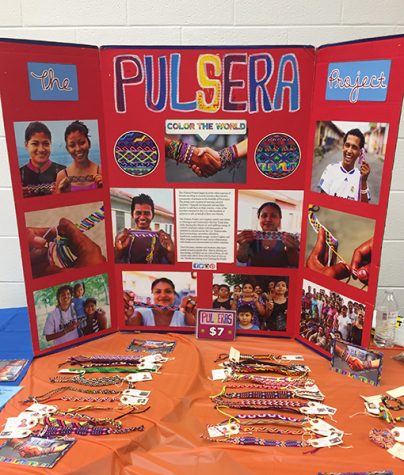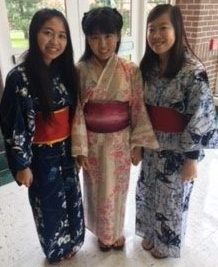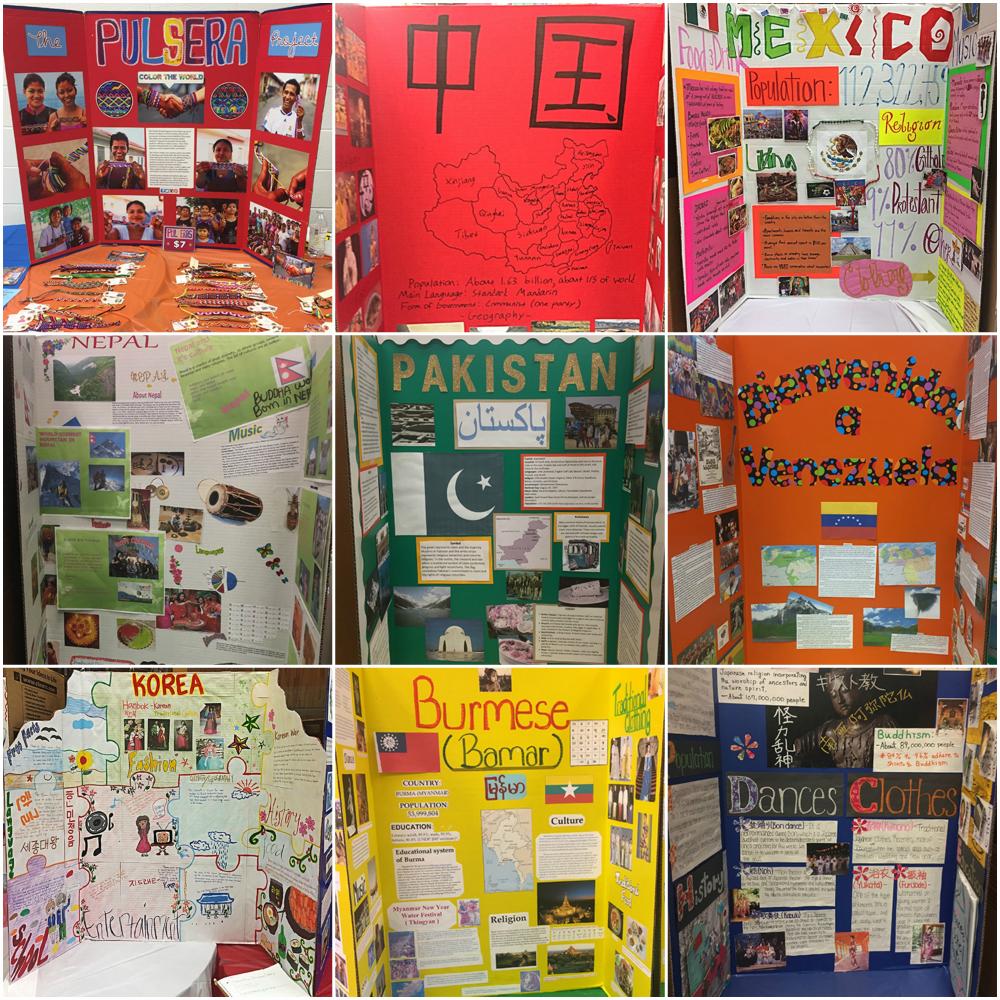Culture Fair Celebrates Greenwood’s Diverse Student Body
April 25, 2017
The annual Culture Fair took place at Greenwood on Friday, April 21. We have a diverse student body, and the culture fair is a great place to celebrate that. Students and teachers alike work together to make this event happen.
The Culture Fair is an opportunity for students to educate themselves on the numerous cultures represented at Greenwood. Students who purchased a ticket were able to try many authentic dishes from around the world, along with seeing the traditional attire of the many cultures here at Greenwood.
Attendees had the privilege of seeing the amazing talents within our school. Between singing and hula hooping, Greenwood has a wide array of talent. Overall, the culture fair encourages the international population of greenwood to be proud of their roots, and helps students gain a better understanding of how vast our world really is.
Stunning International Festival Performances
Some may say that the food at the Culture Fair is the highlight of the day, we personally think that the performances are most interesting. With eight different performances and a fashion show, this part of the culture fair shows off the diverse traditions and entertainment forms we have here at Greenwood.
Sierra Earnhart representing Korea at the GHS Culture Fair pic.twitter.com/Gilq4fP5WR
— The Daily Chomp (@ghsdailychomp) April 21, 2017
The morning session of the Culture Fair began with the singing of the National Anthem. Cing Nuam sang a beautiful rendition that started the fair off right, giving the impression that though Greenwood is comprised of many different cultures, we all come together as Americans.
Things heated up next with the fashion show, with many students modeling clothing from all the countries represented at Greenwood, such as the Middle East, Azerbaijan, India, Nepal, Myanmar, Hakha Chin, Japan, Korea, China, Vietnam, Africa, and South America. Students were cheering, whistling, and clapping loudly as they watched their friends walk across the stage. All the clothing from these countries were beautifully colored and captivating.
After the fashion show, The Daily Chomp’s very own Braden Cutright-Head showed off a composition he wrote that included influences from many different cultures. He drew his inspiration from German, Australian, African, Japanese, and many more sounds from around the world.
Next up was Vaughn, who sang a song from Hakha Chin. His quiet, yet smooth voice complemented the music and had the crowd clapping along even through a little bit of technical difficulties.
After Vaughn’s perfromance, Selena, Serena, and Bishnu performed a dance from Nepal. It was mesmerizing to watch them move, as well as to watch their dresses flow when they twirled.
Felix was up next performing a Burmese song, which the crowd loved. During the whole song, the crowd was singing along, clapping, and swaying to the music with their hands up.
Jannine Narruhn followed this act, with an equally exciting Pompeii dance, that had the crowed cheering and scrambling to get to the front row for a better view. This dance looked somewhat like a formal hula dance.
So and Moses then performed a singing/guitar duet that the crowd also loved as much as the two before. Hoops and hollers were let out as So sung and Jason Petrick then jumped up on stage during the afternoon session and took over the singing for So.
The performances finished with Sierra Earnhart representing Korea with a super entertaining hula hoop routine. She performed several tricks while moving multiple hula hoops up and down her body.
Tri-fold Boards Teach Students About the Diversity of Greenwood’s Student Body

For the past several years at Culture Fair, tri-fold boards have been displayed showcasing the many nationalities that are present within Greenwood High School. The boards are all made by students and are created to provide information about each country.
This year, a new addition was added to the collection of tri-fold boards.
The Pulsera Project board was displayed this year with many gorgeously woven bracelets surrounding it. The Pulsera Project is a nonprofit organization that helps Central American artists through the sale of colorful handwoven bracelets, or “pulseras” in Spanish.The bracelets are selling for $7 through the rest of this week.
The boards are also very important in that they can help educate other students on the customs and traditions of other cultures. Jessica Pocasangri, a Greenwood student who was present at the Culture Fair said, “I think that the boards and the fair are very important and I hope that other students will learn that not every nationality is the same and that in fact, every culture is very different.”
History of the Kimono

There were many exciting and intricate outfits at the Culture Fair, each resembling that person’s culture and lifestyles. But, one traditional outfit in particular stood out to me, the kimono.
Originally “kimono” was the Japanese word for clothing. Over time, the kimono has developed into a new style and fashion sense for the people of Japan.
Kimonos have many advantages: they were easy to fold; they were suitable for all weather, and they could be worn in layers. These advantages helped kimonos become a part of Japanese people’s everyday lives.
Japanese people began paying attention to the different colors of the kimonos and how they looked together.
Typically, the color combinations seen on these garments represented either seasonal colors or the political class to which they belonged.
Today, the Japanese rarely wear kimonos in everyday life. They normally reserve them for special occasions such as weddings, funerals, tea ceremonies, or summer festivals.

